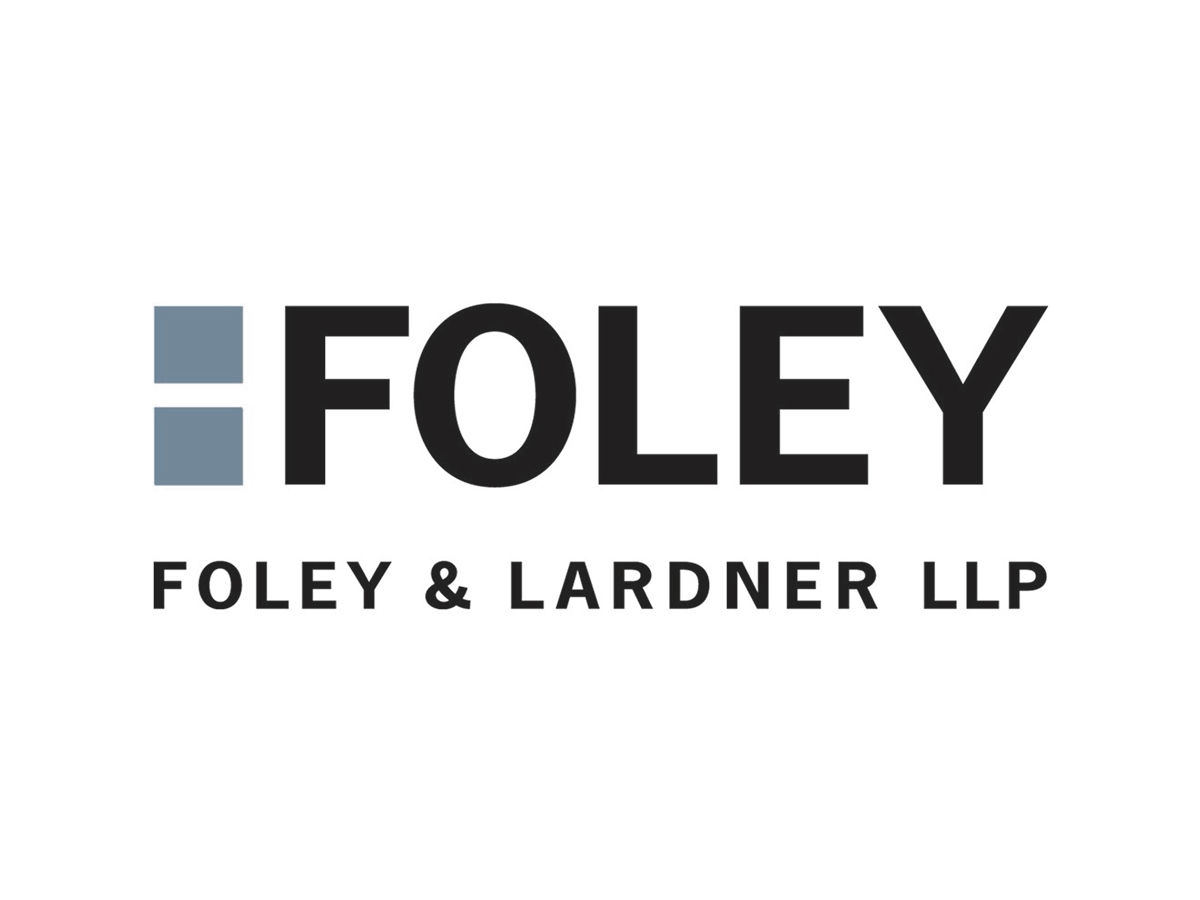Exploring Patent Practitioners’ Duty to Correct Excess Patent Term Adjustment
“Violations of duty of candor could carry a steep penalty, including the invalidation of the patent. The upside of even 100 additional days of patent term adjustment is eclipsed by the danger of losing the patent altogether.”
The United States Patent and Trademark Office (USPTO) is overestimating the term of some of the patents it issues. The general rule is that a patent expires 20 years after the priority date of the application. This rule means that the longer the USPTO is processing an application, the fewer days of term the patent will enjoy if granted. To prevent substantial decrease in the term, Congress instructed the USPTO to extend the life of patents that have suffered delays during prosecution. This extension is known as Patent Term Adjustment (PTA). In addition, Congress burdened the agency with telling the patent applicants how much PTA they are entitled to. To tackle the resulting workload, the USPTO designated the task of applying complex PTA rules to a computer software.
Ethics and PTA Reporting
However, that software is far from perfect. It both underestimates the PTA in some cases and overestimates it in others. The former problem is well-known among patent practitioners but the latter is underexplored. In my paper, I discuss two types of mistakes the software makes that result in the overestimation of PTA. These two mistakes alone potentially affect several tens of thousands of patents, around 150 of which have been litigated. There are undoubtedly many more types of mistakes and patents with excess PTA. Few will dispute that, as part of their obligation to their clients, patent prosecutors must correct the PTA when the USPTO underestimates it. I believe that prosecutors must do the same in cases when the PTA is overestimated. Both prosecutors’ ethical and professional duties compel this course of action.
From the standpoint of ethics, prosecutors must report the excess PTA to the agency as part of their duty of candor. The duty of candor is broader than the duty to disclose, which typically narrowly applies to prior art. In accordance with that duty, “a practitioner shall inform the [USPTO] of all material facts known to the practitioner . . . whether or not the facts are adverse.” Thus, when a prosecutor becomes aware of the fact that the granted PTA is excessive, she should report it to the USPTO. A contrary course of action would result in prosecutors aiding their clients in obtaining, as the Federal Circuit put it, an “unjustified advantage — [an unwarranted] time extension of the right to exclude.” Such aiding would be contrary to the public’s interest and in obstruction of USPTO’s mission of administering the patent system.
Time to Clarify
The duty to report excess PTA, however, is not as well established as one might hope. In a 2010 regulation, the USPTO explained that, as part of their duty of candor, applicants may report the excess PTA to the agency. However, it also added that it “does not require an applicant or patentee to file either a request for reconsideration under 37 CFR 1.705 or a terminal disclaimer when the [PTA] . . . is greater than what the applicant or patentee believes is appropriate.” There is therefore some ambiguity as to the prosecutor’s ethical obligations in cases when excess PTA is awarded.
The USPTO should clarify the prosecutors’ duty to correct the PTA in order to mitigate this problem’s effect on the public. “A patent by its very nature is affected with a public interest.” And the agency’s goal is to accurately inform the public of the exact scope of the patent, including its exact term. By mandating that prosecutors disclose excess PTA, the agency will further that goal in two ways. First and obviously, the term of the patent in which the issue is reported will then be corrected. The public and the rest of the patent bar, who are not as versed in the complex PTA rules as patent practitioners, stand to benefit from this reporting. Second, the increased number of reports of excessive PTA will allow the USPTO to better diagnose problems with its software and, ultimately, fix them. Therefore, the agency should dispel any ambiguity about the practitioners’ duty to report excess PTA.
Steep Consequences
In addition to being compelled by ethics, prosecutors’ professional duty dictates that they owe it to their clients to correct the PTA. Assuming there is ambiguity in the scope of the duty of candor, it would be best practice for the practitioners to err on the side of caution by reporting the excess. Violations of duty of candor could carry a steep penalty, including the invalidation of the patent. The upside of even 100 additional days of PTA is eclipsed by the danger of losing the patent altogether. Shielding their clients from this disastrous consequence should be a priority for prosecutors.
Finally, proper PTA would allow the prosecutors’ clients to exploit their rights with certainty. Knowing exactly when a patent expires is crucial to business enterprises relying on the streams of income generated by the protected technologies. Among other things, such certainty allows companies to accurately predict their manufacturing needs and financial prospects. On the licensing side, it allows the patent owner to strategically structure their licenses. As the Supreme Court reaffirmed in Kimble v. Marvel Entertainment, “a patent holder cannot charge royalties for the use of his invention after its patent term has expired.” But at the same time the Court explained that “parties can often find ways around” this prohibition. Crafting a license appropriately, however, requires awareness of when the patent expires, which may prove illusory without the patent prosecutors’ expert advice.
Thus, to benefit both the public and their clients, patent prosecutors should correct the excess PTA when they become aware of it.
Image Source: Deposit Photos
Image ID: 130330254
Author Premium_shots
Dinis Cheian
Dinis Cheian is an incoming associate at Susman Godfrey. Previously, he completed a clerkship on the Ninth Circuit Court of Appeals. He holds a J.D. from Harvard Law School and […see more]







